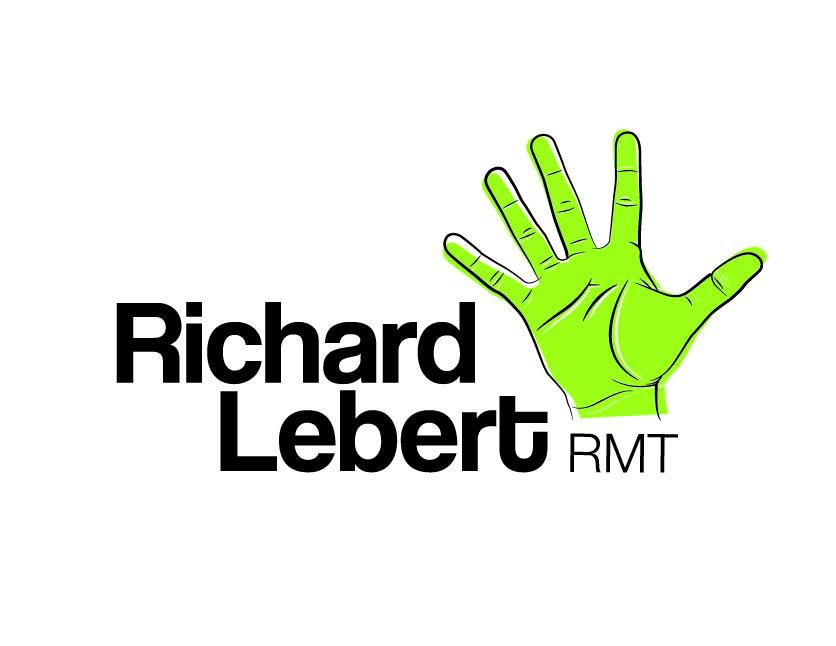Complementary and integrative medicine in the management of headache
/A migraine often presents as an intense throbbing or pulsing sensation on one or both sides of the head, it is frequently accompanied by sensitivity to light and sound, nausea and vomiting.
Migraines are commonly associated with triggers: hormonal changes, food and additives, stress, sleep, physical and sensory factors, changes in the environment and certain medications.
Read More






